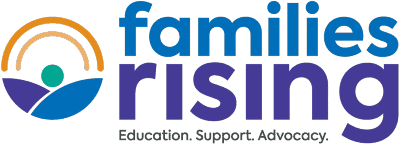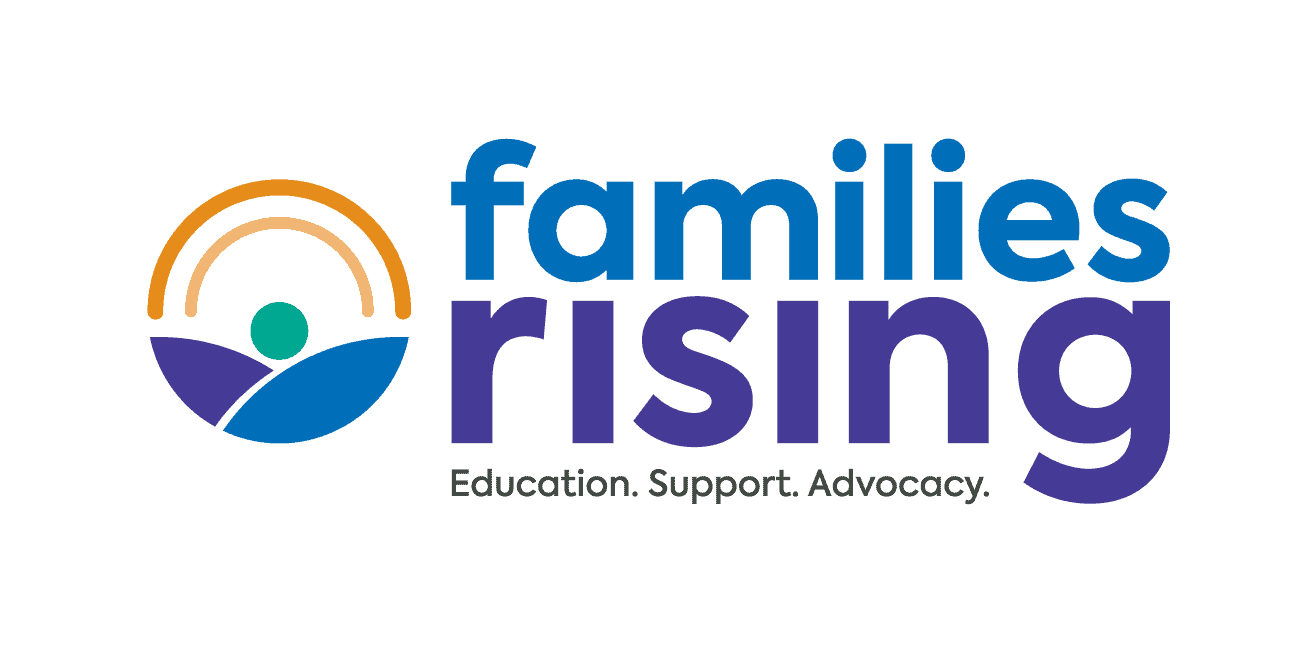
Most children adopted from foster care receive adoption assistance as a result of the special needs that make them harder to place for adoption (such as disabilities, behaviors, age, etc.). Before they can receive the assistance, however, their adoptive parents need to negotiate an adoption assistance agreement that outlines what benefits (monthly payments, services, and other benefits) the child will receive and for how long. The agreement must be completed before the adoption is finalized, and is a legally binding document signed by the adoptive parents and a representative of the state or county that placed the child for adoption.
An adoption assistance agreement is designed to reflect two main factors—the child’s needs and the family’s circumstances. The child’s needs include his ordinary needs (food, clothing, housing, etc.) and his special medical, mental health, and physical needs. Family circumstances, as defined by the federal Children’s Bureau, look at a family’s ability to meet the child’s needs and include such things as income, debt, housing, transportation, space, family size, parental occupations, parental health needs, the needs of other family members, whether the child needs at-home care, and other factors. In negotiations, each case is unique because each child’s and family’s needs and circumstances are unique.
Preparing for Negotiation
Parents need to gather evidence documenting the child’s special needs, including information from the child’s worker, foster parent, and service providers to verify the child’s special needs and need for adoption assistance. Documentation of special needs should include letters that confirm diagnoses or concerns and corresponding service needs from the child’s doctors; speech, occupational, or physical therapists; psychiatrists; psychologists; teachers; and other professionals. The child’s foster care file will likely provide concrete information to confirm the child’s social, emotional, behavioral, mental, or physical special needs, including doctor’s diagnoses.
Documentation of needs should include anticipated:
- transportation to scheduled appointments
- co-pays for medical and mental health appointments not covered by Medical or private insurance
- other therapy or medical expenses not covered by Medicaid or private insurance
- time away from work to deal with school issues and extraordinary behaviors
- specialized tutoring or other school supports to meet educational needs
- socialization and behavioral activities to meet the child’s special needs
Next, parents should create a family budget to determine the costs associated with raising the child, this family budget will include ordinary costs such as housing, food, transportation, utilities, etc. (See the Family Budget Worksheet.) This information will help build a case to negotiate with agency personnel. Parents should understand, however, that adoption assistance is not necessarily designed to meet all of the child’s needs.
Determining Adoption Subsidy Rates
Parents should learn what rate the child receives in foster care, since many states negotiate assistance rates equal to family foster care rates, less any special payments (such as child care or clothing allowances) that are provided only in foster care. Generally, parents cannot negotiate an adoption subsidy monthly rate that is greater than the child’s foster care rate. Some state’s adoption assistance payments are significantly lower than foster care rates.
Parents who are currently also the child’s foster parents may want to bring up any concerns about disabilities or issues that have not been diagnosed and ensure that the child is receiving the appropriate foster care rate.
For other parents, gathering information about what other similar children receive in adoption assistance can also be useful. Understanding the state’s eligibility and benefits is an important first step. Each state has its own rate structure, definition of special needs, and qualifications for benefits. Some states offer a simple flat rate to all children who qualify, and others offer varying rates based on the severity of the child’s needs.
The checklist below will help parents ensure that all the details are included in the agreement.
| Adoption Assistance Agreement Checklist |
Adoptive parents should review the adoption assistance agreement and make sure that it:
|
Annual Reviews
Some states require parents to re-certify their children’s adoption assistance agreements annually or periodically.
Click here for information about renegotiating an existing adoption assistance agreement.


